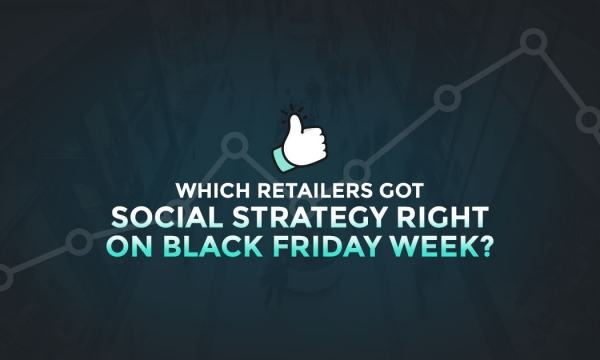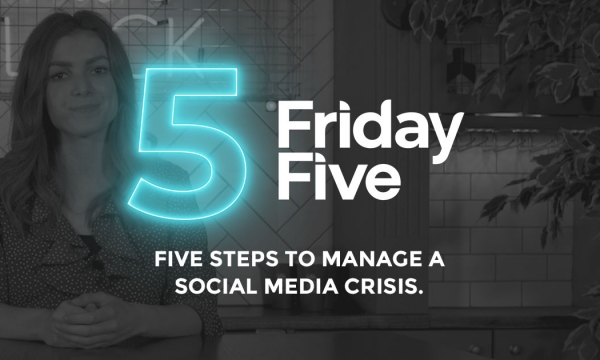Facebook is making changes to ensure that advertisers no longer have to pay for users that click on their ads accidently, as it looks to address some of the key challenges that it has faced in trying to encourage and retain advertisers to the platform.
60% of ads clicked in error

The changes come amid a report that suggests that as many as 60% of mobile ad clicks are made in error - with the problem being attributed to a phenomenon known as ‘fat thumbs’. Whilst the 60% figure doesn’t relate purely to Facebook, the social network is well aware that it needs to do more to ensure that brands can trust the platform.
In a post on the Facebook Audience Network blog, the company updated its policies and best practice guidelines to help advertisers get the most from their ad campaigns.
“Going forward, we'll be experimenting with more ways to reduce the number of unintentional clicks by looking further into bounce rates, additional metrics, and trying to prevent users from accidentally clicking in the first place,” reads the post.
The two second rule

In response to the complaints that advertisers are paying for clicks from users that were made in error, Facebook has announced a number of changes to try and address the issue of inadvertent clicks, and to ensure that advertisers aren’t paying for them.
As well as making some layout changes to reduce the instances of accidental ad clicks in the first instance, Facebook is changing the way it charges advertisers.
Advertisers won’t pay for a click on a Facebook ad campaign if the user ‘bounces’ from the landing page within two seconds. Below that threshold, Facebook considers the click to be an accidental one and the user hasn’t had the opportunity to see the content that they clicked on.
However, Facebook’s Product Marketing Manager Brett Vogel has said that the ‘two-second rule’ is simply a “starting point” and that it may be adjusted - upwards or downwards - in the future.
“Unintentional clicks end up delivering really poor experiences for people and advertisers,” added Vogel. “It’s not a good path for publishers to build sustainable businesses.”
Facebook’s reporting problem

Reporting back to brands and to advertisers has been something of a long-term pain point for Facebook, with advertisers struggling to see the value of their ads (our Head of Paid Marketing Communications, Will Conboy, discussed this issue with Search Engine Watch), and brands wondering why the numbers that they see in Facebook reports never correlate with what they see in their analytics programme.
So Facebook is also introducing new metrics to its ad reporting as it tries to give brands more visibility and more transparency over the performance of their campaigns.
This will see the introduction of gross impressions - a number that combines billable impressions with non-billable impressions to ensure that advertisers aren’t paying for things like non-human traffic. Facebook is also adding auto-refresh impressions (those are ad impressions for banners on the right-hand side) and gross auto-refresh impressions.



